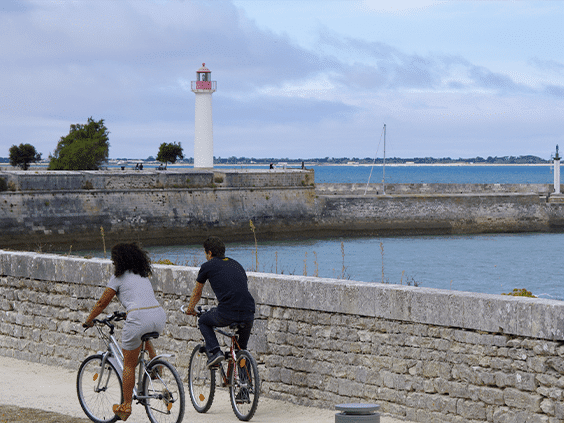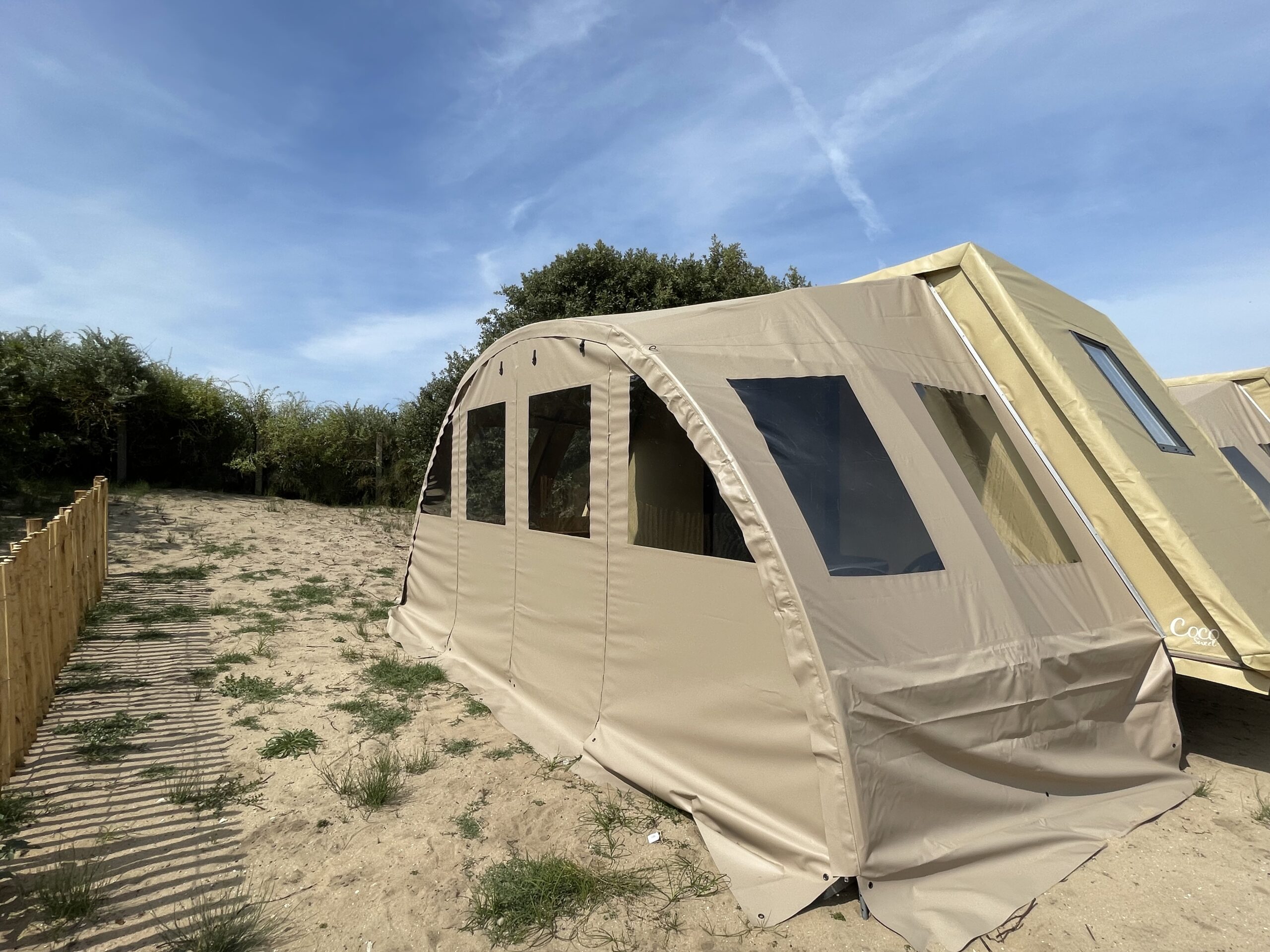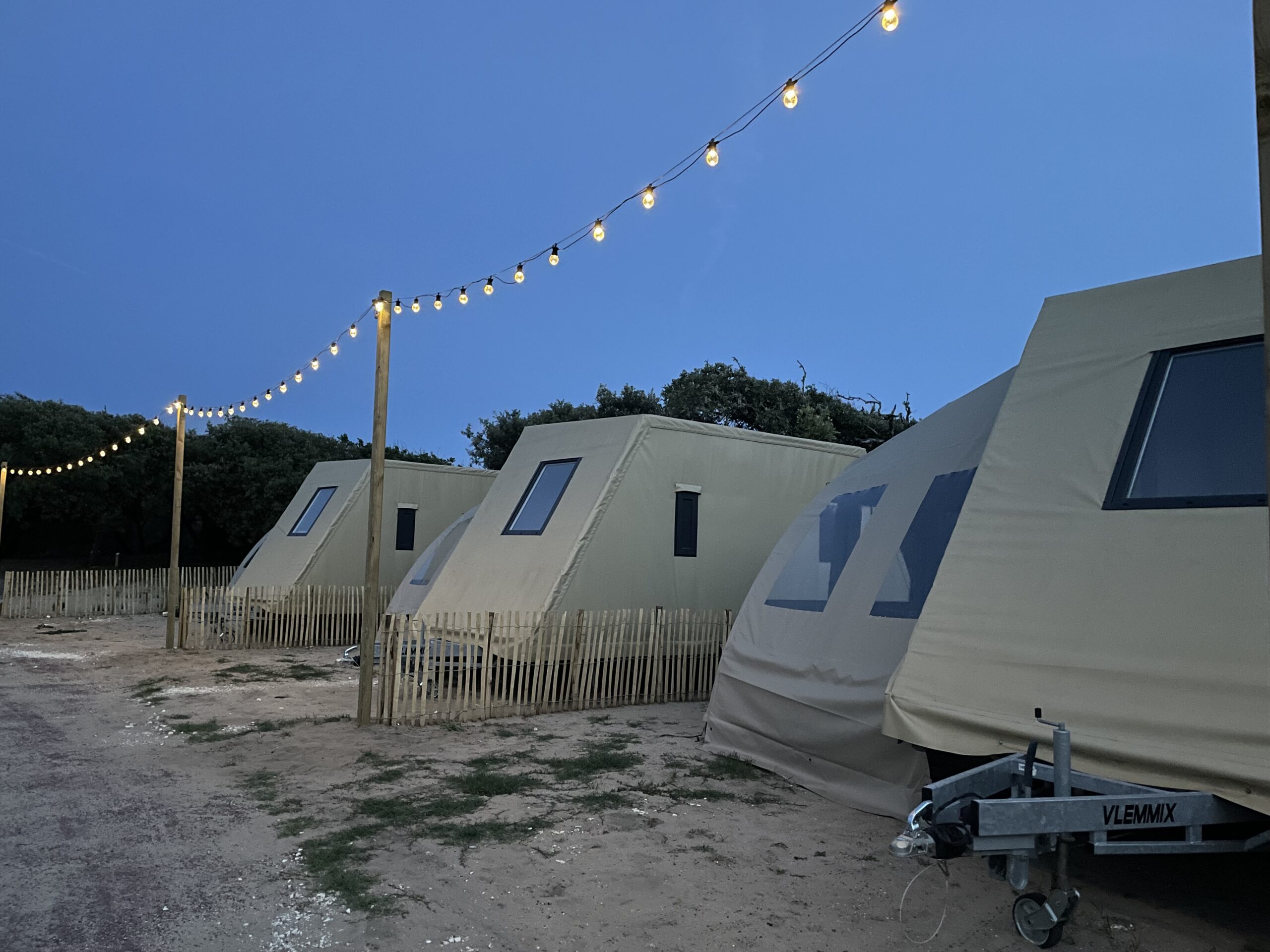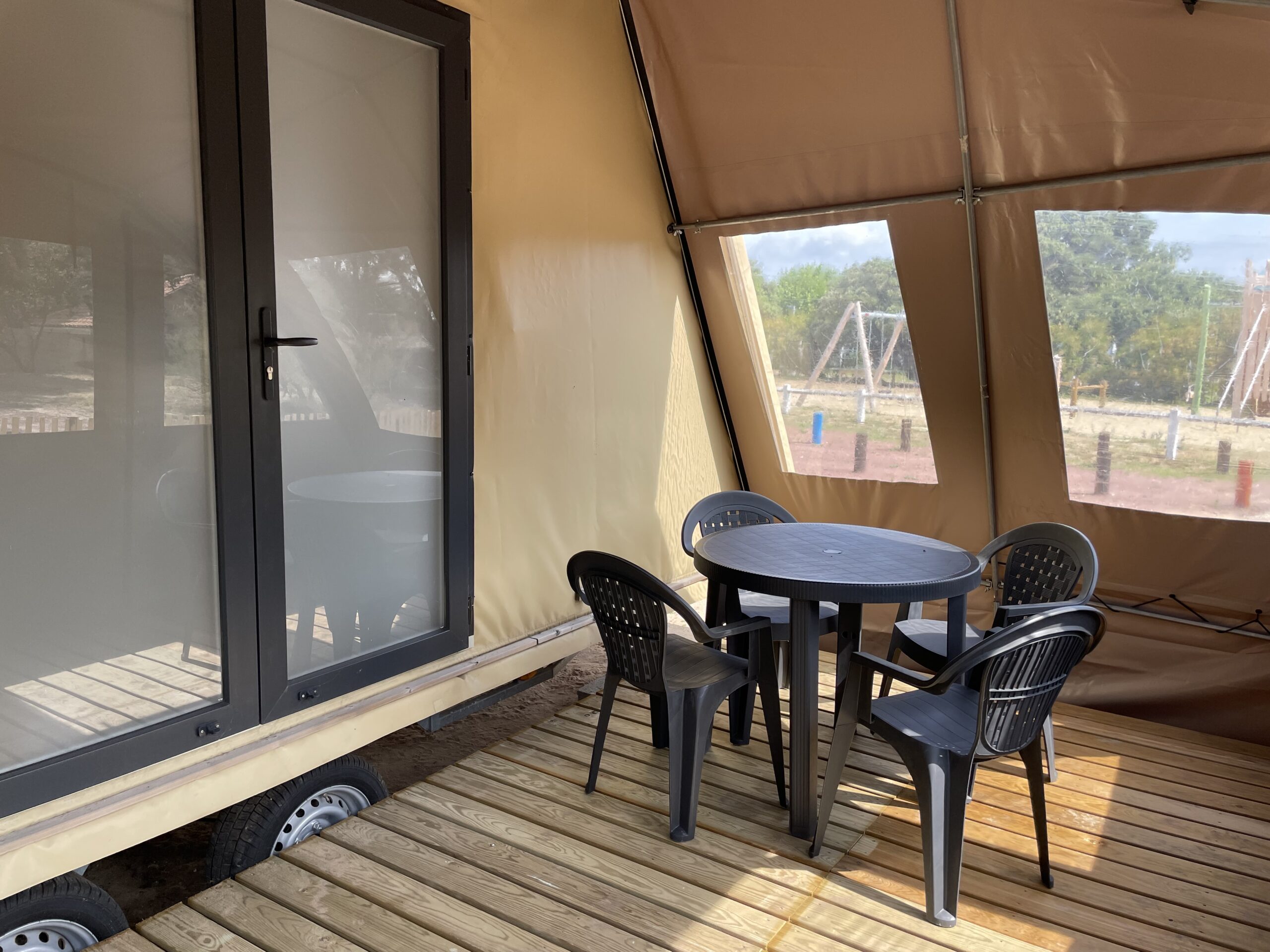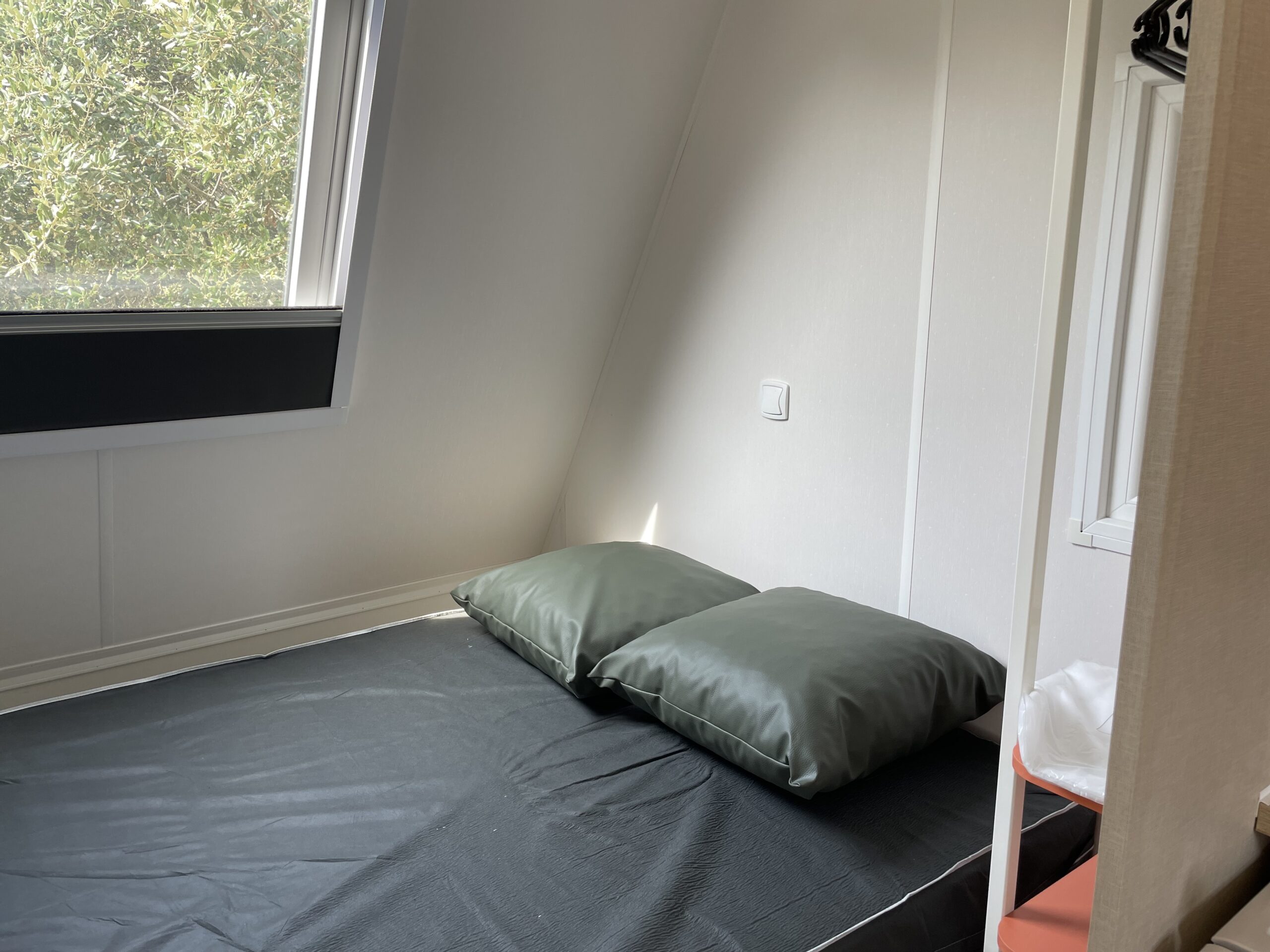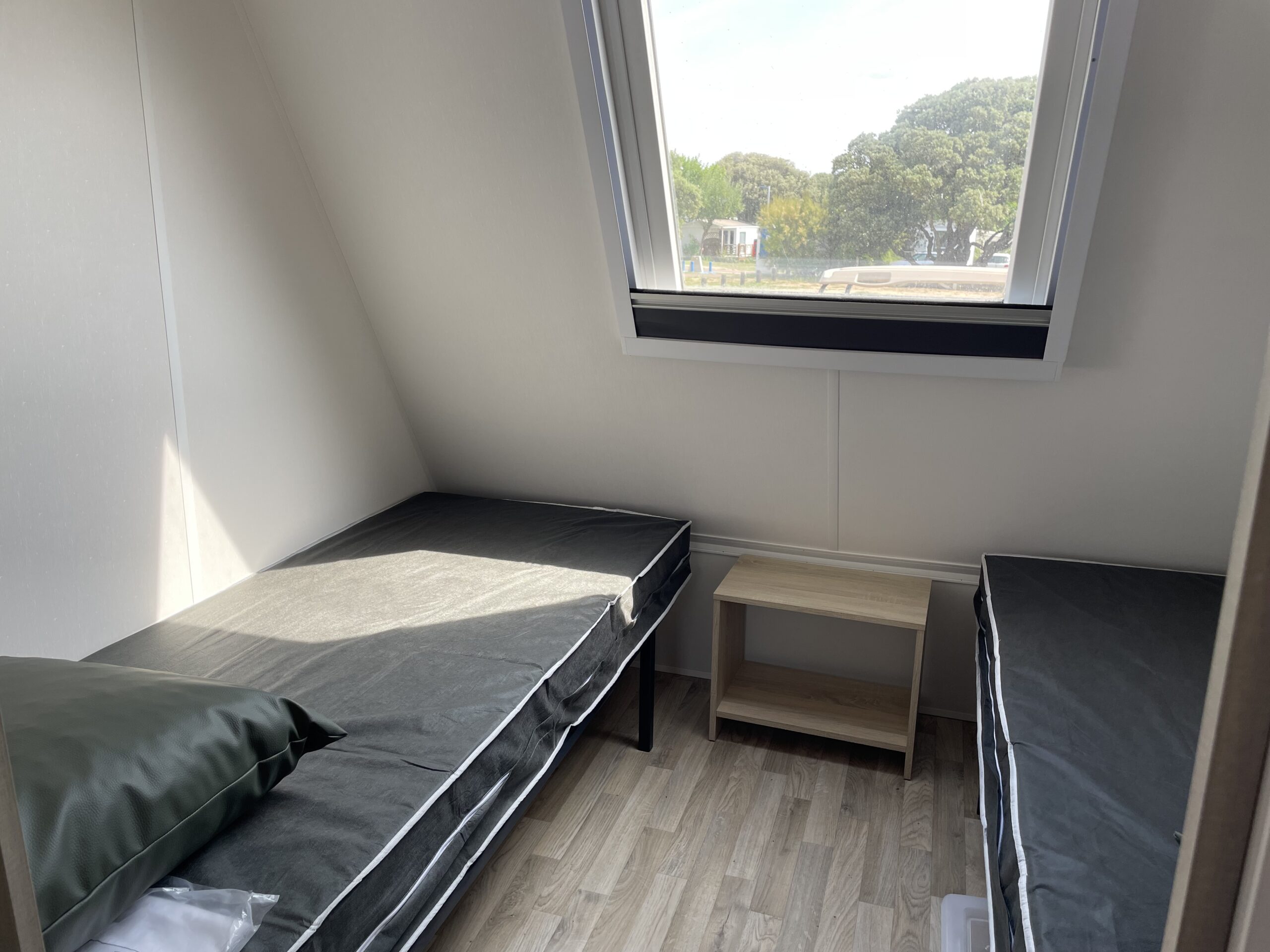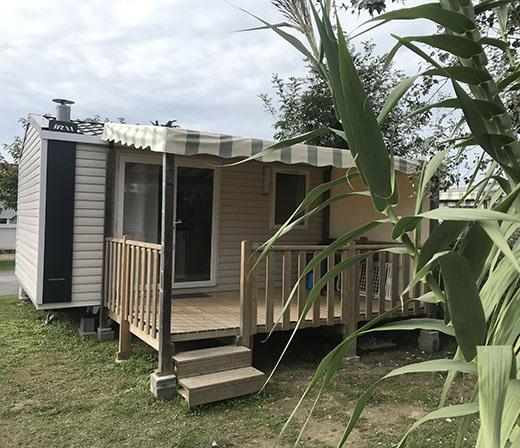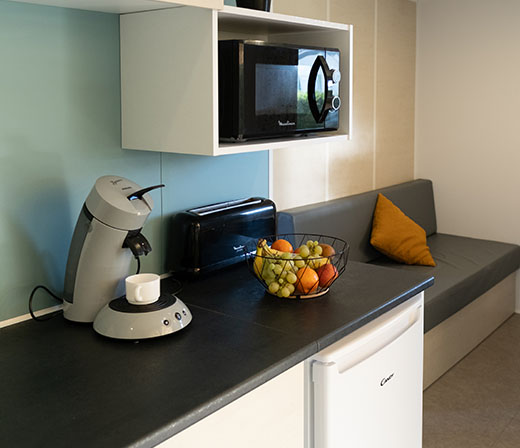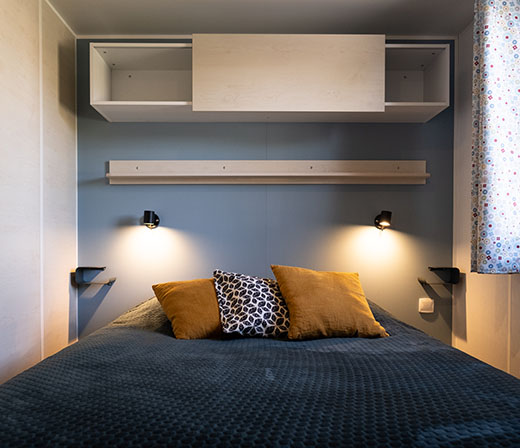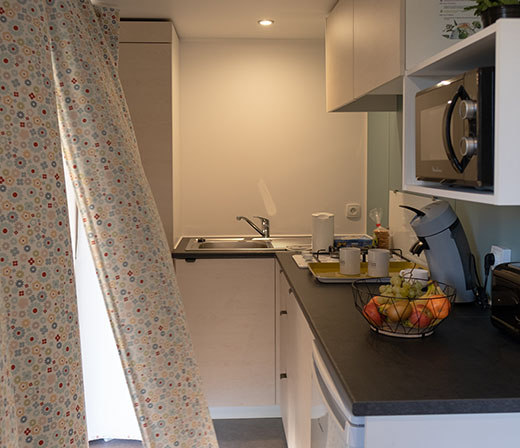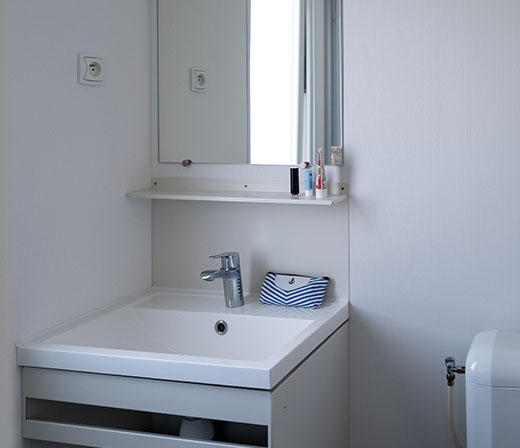Fortifications
Fortifications of Charente-Martime
The ring of fire that once defended our territory, the mouth of the Charente and theRochefort Arsenal, leaves us today a maritime and military heritage that many regions envy us. During your stay, discover these stone soldiers, each fortification has its own history and role.
Fort Boyard
From the idea of its construction to the legendary enigmas of Father Fouras, the department symbol is the result of a rich and complex history.
In 1666, Louis XIV ordered the construction in Rochefort of a military arsenal pour construire des bateaux. La faible profondeur du fleuve Charente oblige à décharger les vaisseaux de leur artillerie pour les tirer à la force des bras jusqu’à l’embouchure.
Once in the harbour, the vessels are then vulnerable for the time of rearmament, and risk an attack, it is therefore necessary to find a solution to perfectly consolidate the axes of defense.
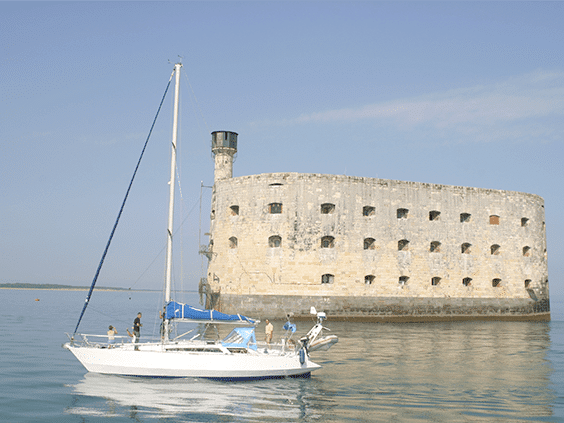
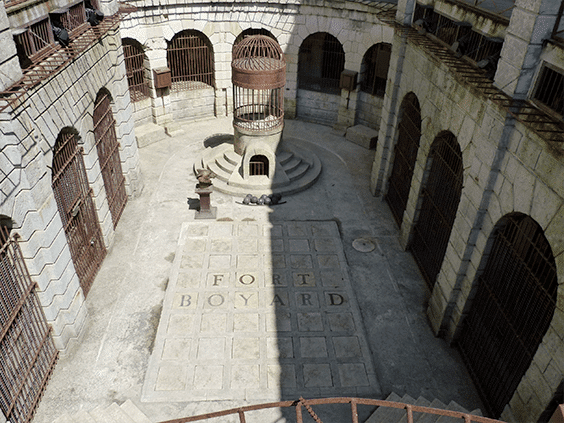
After the attack ofIle d’Aix by the English, at the end of the Seven Years' War, the construction of a rectangular fort, armed on three sides on a sandbank ideally placed between the Ile d'Aix and theIle d’Oléron. Due to too high a cost, the project would never see the light of day… It was not until 1801 that Napoléon Bonaparte approves a new project but too tedious the site is abandoned... The construction of the fort will finally take place from 1842 to 1866 but peace with the English and the new long-range guns which make it possible to defend Rochefort from the islands of Aix and Oléron have made useless project...
Although it was later used as a prison, its first lead role fell through. Having become useless, it was abandoned for a long time and then sold to the Department of Charente Maritime to become a television studio and offer the flagship programme famous throughout the world since 1990.
If it is impossible to visit it, it is nevertheless possible to approach it by boat, thrills guaranteed!
The Citadel of the Oléron Castle
The citadel came out of the ground in 1630 under the orders of Richelieu and was reinforced by Vauban from 1685 thus becoming the military structure intended to protect the southern part of the island of Oléron. The battlements offer a superb view, especially at sunrise when the oyster farmers leave on their boats. The Poudrière Saint-Nicolas houses the relief plan of the commune of Château-d’Oléron (a true copy of the one given to Louis XIV in 1703). The royal strongholds and of The breach host many exhibitions from May to September. The Arsenal building restored to its original form hosts shows, seminars and congresses throughout the year with its 300 seat theater. It is one of the most visited sites in theIle d’Oléron.
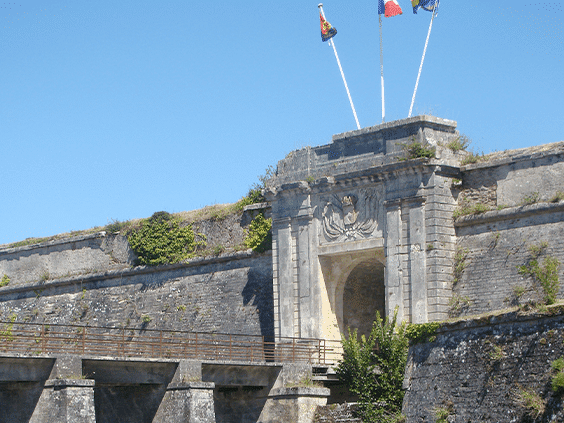

Fort Louvois
Near the Ile d'Oléron Bridge, visit the one nicknamed the " little brother of Fort Boyard ". This maritime fort, built by Vauban, is built at sea on the rock of Chapus. It is connected to the port of Bourcefranc by a 400 m causeway uncovered at low tide. Access is therefore on foot or by boat depending on the season and the tidal coefficient. This must-see site Marennes-Oléron basin contains a powder magazine, a dungeon, a barracks, a guardhouse, a food hall, cannons... The unique architecture of this 17th century maritime fortification can be discovered with the family during a free or guided visit, sometimes even unusual...
The Citadel of Brouage
Brouage, planted in the middle of the marshes, reminds us that centuries ago the ocean was at its feet. That 3000 ha stone star located between Rochefort and Marennes has long been the hub of the salt trade. Founded at 16th century, Brouage was one of the most important ports on the Atlantic coast and was even defined as the European capital of white gold. He was modeled by Richelieu who commanded the important fortifications (later reinforced by Vauban at the end of the 17th century) that we see today. Ramparts, bastions, watchtowers, curtain walls and majestic gates were intended to make the city impregnable. Powder magazine, food stores, arsenal, forges, hospital, everything had to be kept under control. The ocean then gradually left to leave this city as a jewel in its green setting.
Today, craftsmen have replaced the stalls of the salt merchants, but from an architectural point of view the citadel has remained in its juice. She proudly displays the label "Most Beautiful Villages of France".


Fort Lupin
Built in 1683, it protects the Rochefort Arsenal and the Royal Lupine Fountain, it keeps an eye on the ships that rush into the mouth of the Charente and those who go up the river. To get water, a stop is necessary at the Royal Lupine Fountain, built in 1671, 3 km from the Charente estuary and in the harbor, the ships are armed.
This is the mission of the Fort Lupine to protect them. This fort, undoubtedly the best preserved today, completes the great project of Vauban.
Fort of Ile Madame
This strong policeman the harbor of Ile Madame. It was in the 17th century that two batteries were created. At the beginning of the 18th century, the redoubt of the engineer Rousselot, a square of 36m on each side, topped the summit of the island opposite Fort Vauban in Fouras. In the middle of the 19th century, the addition of a defensive barracks for 250 men on the southeast face of the fort and the construction of a battery facing the bay of the island of Aix completed the defense of the island. Mrs. Today, the three casemates house exhibitions on the fauna, flora, shore fishing, geology and history of Ile Madame.
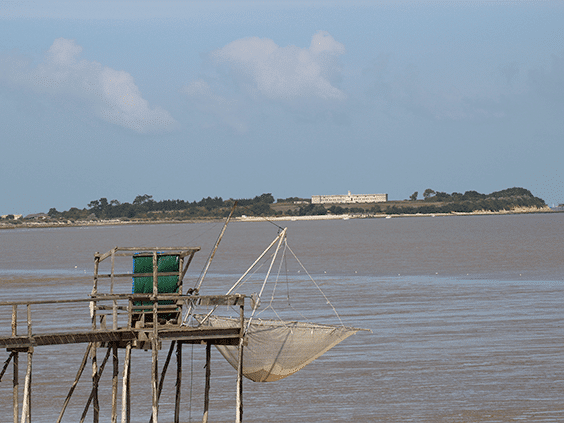
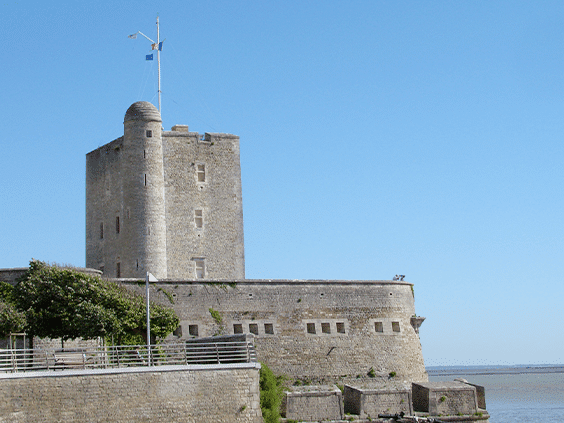
Fort Vauban
Located on the right bank of the Charente, in Fouras-les-bains, Le Fort Vauban watches over the mouth of the river between Fouras-les-Bains and Port-des-Barques. This old medieval building that has become a fort offers a breathtaking view of the Charente estuary and the islands of Aix, Madame and Oléron.
It was throughout history: the Château des sires de Rochefort in the Middle Ages (who used it as a tollbooth for boats entering the Charente), which was destroyed during the Religious War, then became a 30-metre high keep built to watch over the sea. When the Rochefort Arsenal was built, the keep became the fort we know today with a fortification ordered by Vauban. It thus enters the circle of the protectors of the Arsenal and the Charente.
Fort Enet
Fort Enet acts as a sentinel between Fouras-les-Bains and the island of Aix. It was born from the "Affaire des Brûlots". In April 1809, burning boats of the English Navy were voluntarily released towards the French fleet in the roadstead of the island of Aix. It was total chaos: 34 English ships against 15 French ships which had to defend the entrance to the Charente and thus the Rochefort Arsenal. The island of Aix is plundered by the English and the French navy barely avoids their entry into the Charente. Fort Enet was then built to lock the Pertuis d'Antioche and secure the roadstead of the island of Aix.
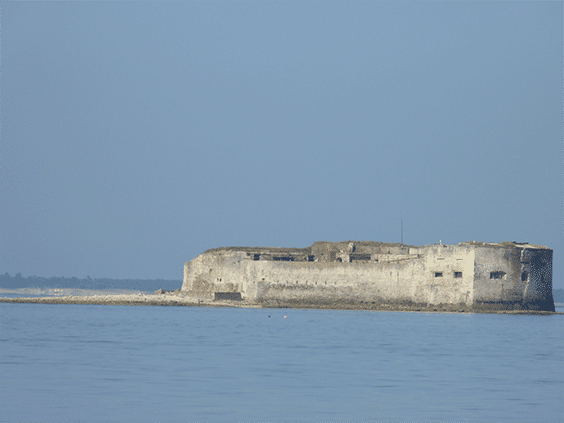
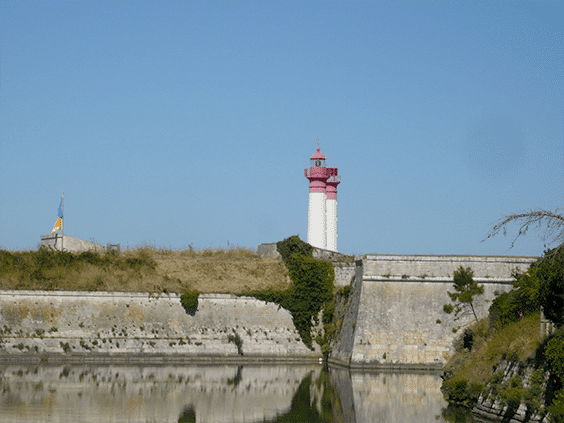
Fort de la Rade
Built in 1703, it controlled access to the harbor of Aix, the mooring place of the Rochefort squadron. In 1757, it was completely razed by an English attack. In 1778, faced with a new threat from the Royal Navy, the Marquis de Montalembert urgently built a new fortification. Under the First Empire, the fort was completely taken over, then regularly modernized. Listed as a Historic Monument in 1996, it now houses a holiday village, a campsite and a sailing school.
Fort Liédot
Ordered under Napoleon I to provide an overall view of the bay of Aix and allow the protection of the Rochefort Arsenal, this work of exceptional architecture is today a space where Art and History intermingle. Just 30 minutes from the port, hidden in the heart of the Ile d'Aix forest, Fort Liédot invites you to visit its vaulted rooms, discover the Ile d'Aix and the history of the fort, learn about its role in the "Route des Forts" and discover the secrets of Fort Boyard...
The Towers of La Rochelle
A veritable urban dungeon and palatial residence facing the ocean, the Saint Nicolas Tower is a military building symbolizing the power and wealth of La Rochelle. More than 40 meters high, its architecture revolves around a labyrinth of stairs and corridors built into the thickness of the walls. The Tour de la Chaîne, the real gateway to the Old Port, had the role of monitoring the movements of boats, port traffic and collecting duties and taxes. The Tower of the 4 Sergeants or Tower of the Chain, is the last medieval lighthouse on the Atlantic coast, 55 meters high, surmounted by an octagonal Gothic spire, the tower will be a lighthouse and a prison depending on the era. It contains more than 600 graffiti sculpted by prisoners over three centuries.
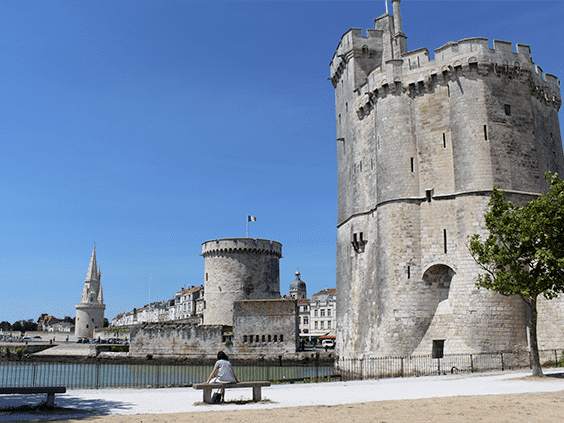
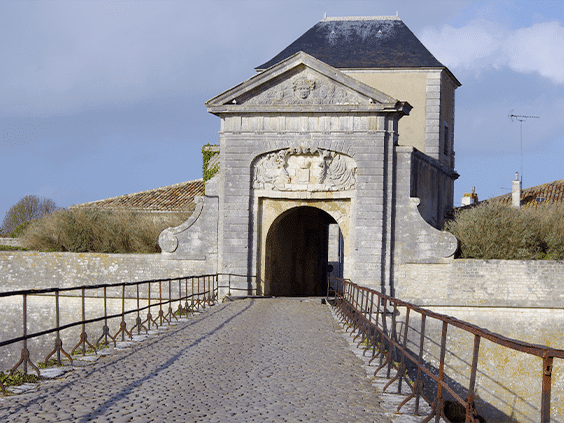
The fortifications of Ré
Located in La Flotte en Ré, Fort La Prée is the oldest military fort on the Ile de Ré. It is one of the only examples of pre-Vauban architecture still visible in the region. Discover it throughout the season, alone or on a guided tour. You can then stroll around this exceptional natural site.
Located in La Flotte en Ré, Fort La Prée is the oldest military fort on the Ile de Ré. It is one of the only examples of pre-Vauban architecture still visible in the region. Discover it throughout the season, alone or on a guided tour. You can then stroll around this exceptional natural site.
The Citadel and ramparts of Saint-Martin-de-Ré were commissioned by Vauban following the siege of La Rochelle against English invasions in the 17th century. The Citadel has long served as a gathering place for the convicts who left for the prisons of New Caledonia and Guyana. It was then transformed into a penitentiary, a prison still in operation today with 400 inmates.
Part of these fortifications (to the west and east), classified in July 2008 as UNESCO World Heritage Sites, can nevertheless be visited.
